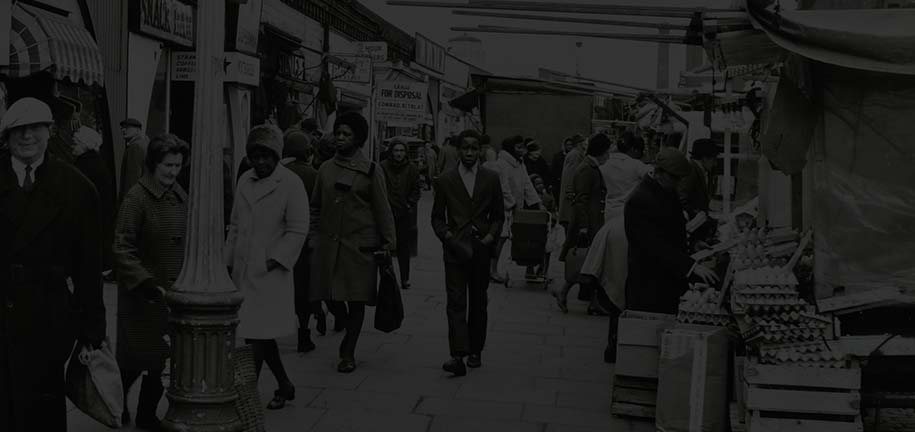William Harvey and the circulation of the blood
digital file Colour Sound 1957 34:03

Video not currently available. Get in touch to discuss viewing this film
Summary: An updated version of the 1928 film of the same title made by Sir Thomas Lewis and Sir Henry Dale, a film made for the Royal College of Physicians' commemoration of the 300th anniversary of the publication of William Harvey's book on the circulation of the blood. Introduced and narrated by Sir Henry Dale, it portrays the life and works of William Harvey (1578- 1657), with Dr. Len Goodwin, FRS, reading in Harvey's voice from the 1847 English translation of De Motu Cordis (1628). Harvey's experimental reasoning is explained with the aid of dissections of the heart and animated diagrams of the circulation of the blood. 6 segments.
Title number: 17874
LSA ID: LSA/21031
Description: Segment 1 Sir Henry Dale introduces the film, explaining that it is a remake of the 1928 film of the same title. They chose to remake the film due to technological developments in film, which allowed the film to be in colour, for the medical diagrams to be in colour, and for it to be with sound, not silent. As narrator, Sir Henry gives a brief biography of William Harvey, from his birth, to his education in England and in Padua, to his medical career in London and as physician to King James I and Charles I. This is illustrated by prints and paintings. Harvey's book 'De Motu Cordis' is shown, and Sir Henry explains how this outlines the circulation of the blood and also instigated a new scientific method, that of direct observation and experiments instead of following previous scholars' works. Time start: 00:00:00:00 Time end: 00:05:28:10 Length: 00:05:28:10 Segment 2 The beliefs of Galen, a 2nd century physician, remained mostly unchallenged until Harvey's time. Sir Henry lists previous scholars of the heart and blood circulation, some of whom did come near to a circulatory movement of the blood. An animation shows Galen's belief that blood came from food as it was absorbed into the liver, where it was imbued with natural spirits. He also believed that the blood passed from the right ventricle of the heart to the left, by passing through minute, invisible pores. Time start: 00:05:28:10 Time end: 00:11:02:03 Length: 00:05:33:22 Segment 3 Harvey critiques Galen's beliefs in the opening chapters of his book, and Harvey's own words are read out, explaining the need to carry out many dissections and inspections of various animals. A montage of beating animal hearts is shown. An animation shows Harvey's first discovery that two types of motions happen in the heart, and that if the point of the heart is cut off, blood is squeezed out on each contraction. A person with an aneurism in the diaphragm is also shown. Time start: 00:11:02:03 Time end: 00:16:16:20 Length: 00:05:14:16 Segment 4 An animation shows blood passing from the right ventricle via the pulmonary artery into the lungs, and from the pulmonary veins into the left atrium and then into the left ventricle. Harvey says that Galen's idea of secret pores is 'not to be tolerated'. A dissected heart is displayed to show that there are no pores. The valves at the root of the pulmonary artery are shown, and an animation shows Harvey's next experiment. Tubes are inserted into the pulmonary artery and through the superior vena cava and right atrium into the right ventricle. A fluid is poured into the tube in the pulmonary artery, but cannot pass beyond the valve. Fluid poured into the other tube passes through the pulmonary valve into the artery. Another experiment is recreated, showing a heart with the pulmonary artery, pulmonary veins and aorta tied, and an incision made in the left ventricle. A tube is passed through the vena cava into the right ventricle and warm water squeezed into the heart. The right ventricle and atrium enlarge but no water escapes through the cut in the left ventricle. Next, the tubes are all untied and water is squeezed into the pulmonary artery, and it rushes out of the cut in the left ventricle. Harvey concludes, and an animation displays, that the blood is continually passing from the right to the left ventricle, from the vena cava to the aorta, through the porous structure of the lungs. Harvey's next thoughts are on the quantities of blood contained in the heart and body, and animation shows his calculations on the matter. Time start: 00:16:16:20 Time end: 00:22:18:11 Length: 00:06:01:20 Segment 6 Fabricius, a previous anatomy scholar, discovered the valves in the veins. A dissected vein and its valves are shown. Harvey's experiment of pushing a probe through a vein in different directions is recreated, with the probe passing one way unobstructed, and in the other, stopped by a valve. He also conducted another experiment on a man's arm, pushing blood up and down a vein with a finger. An animation shows Harvey's conclusions that the blood passes through the lungs and heart and around the body in a circular motion, and that this is the sole and only end of the motion and contraction of the heart. Dale concludes that Harvey's book changed medicine and the ways in which medical research is conducted. Time start: 00:27:54:00 Time end: 00:34:02:24 Length: 00:06:08:23
Credits: Directed, photographed and edited by Douglas Fisher.
Keywords: Blood Circulation -- history; Cardiology -- history
Related

Comments